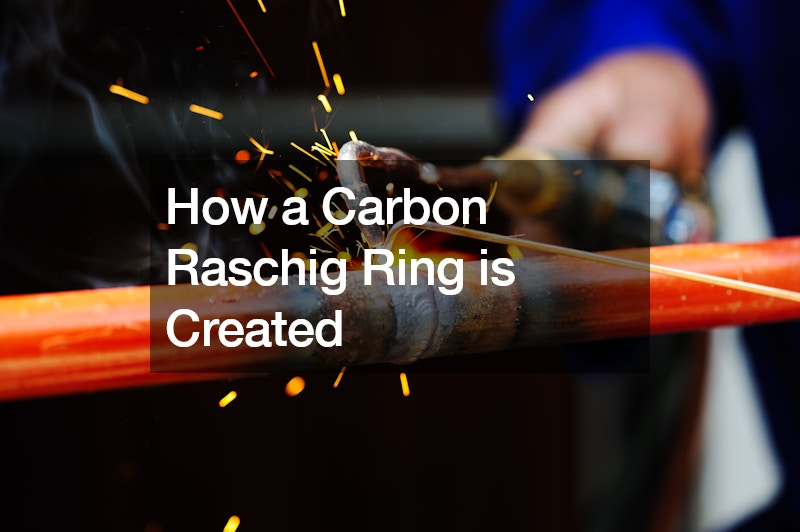A carbon raschig ring is a type of chemical packing and distillation column-filling material that is commonly used in industrial applications for separation, absorption, and distillation processes. The manufacturing process of a carbon raschig ring involves several steps to transform raw carbon materials into the distinctive cylindrical shape that characterizes this type of packing.
The production of a carbon raschig ring begins with the selection and preparation of high-quality carbon materials, such as coal, coconut shells, or petroleum coke, which are crushed, milled, and sieved to achieve the desired particle size and consistency. The carbon particles are then mixed with a binder material, such as coal tar or phenolic resin, to form a homogeneous mixture that can be molded and shaped into the iconic cylindrical ring structure.
Next, the carbon mixture is extruded or pressed into cylindrical shapes using specialized molding machines and dies to create uniform and consistent carbon raschig rings. The formed rings are then subjected to a curing process, which involves heating the rings to high temperatures in an oxygen-free environment to carbonize the binder material and strengthen the structure of the rings.

After the curing process is completed, the carbon raschig rings undergo a final inspection and quality control assessment to ensure they meet the specified dimensions, mechanical properties, and performance requirements for the intended application. Once approved, the rings are packaged and ready for distribution to various industries, where they are utilized in chemical processing plants, refineries, and other industrial facilities to facilitate efficient and effective mass transfer operations and enhance process performance and productivity.
.


